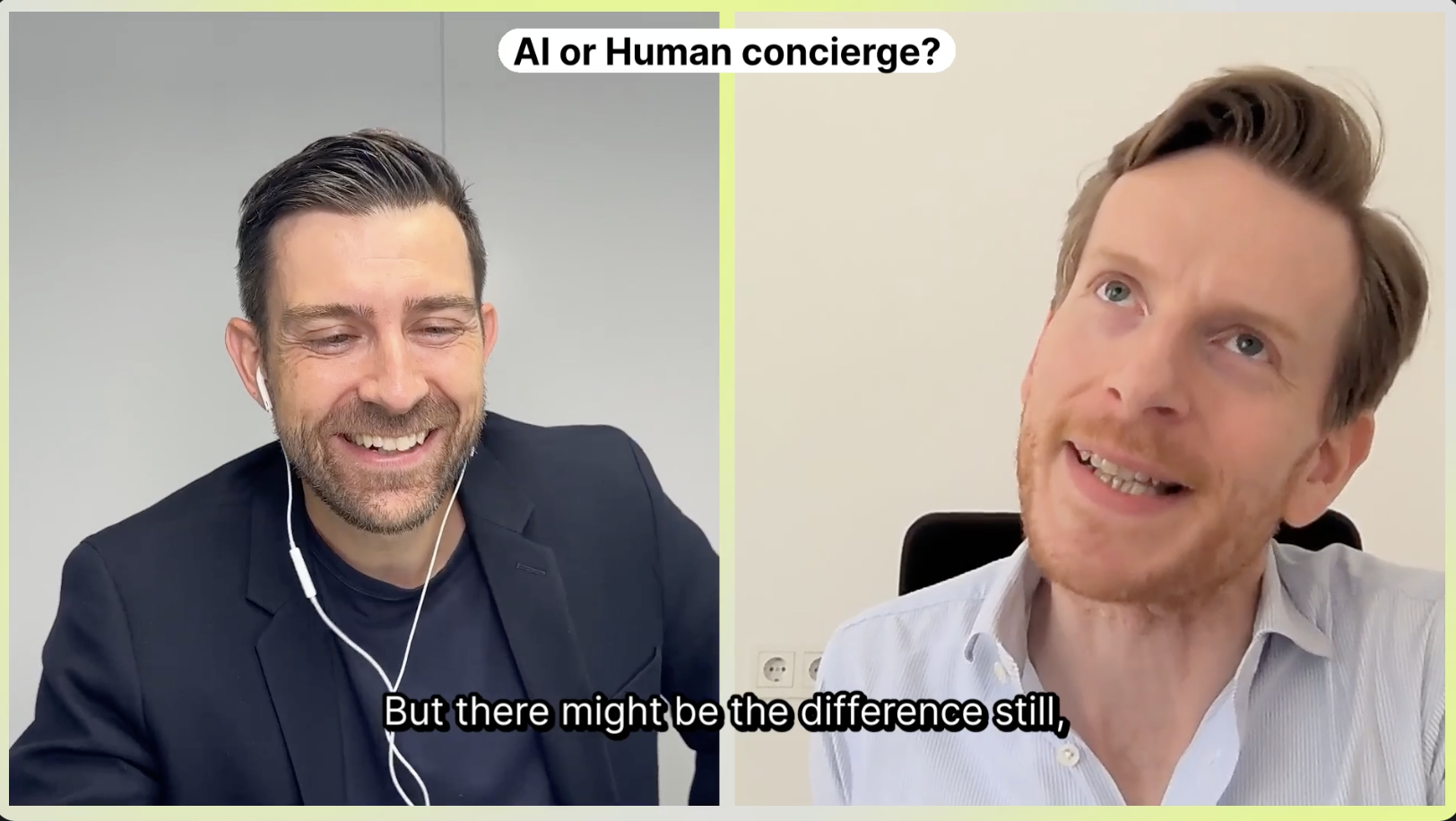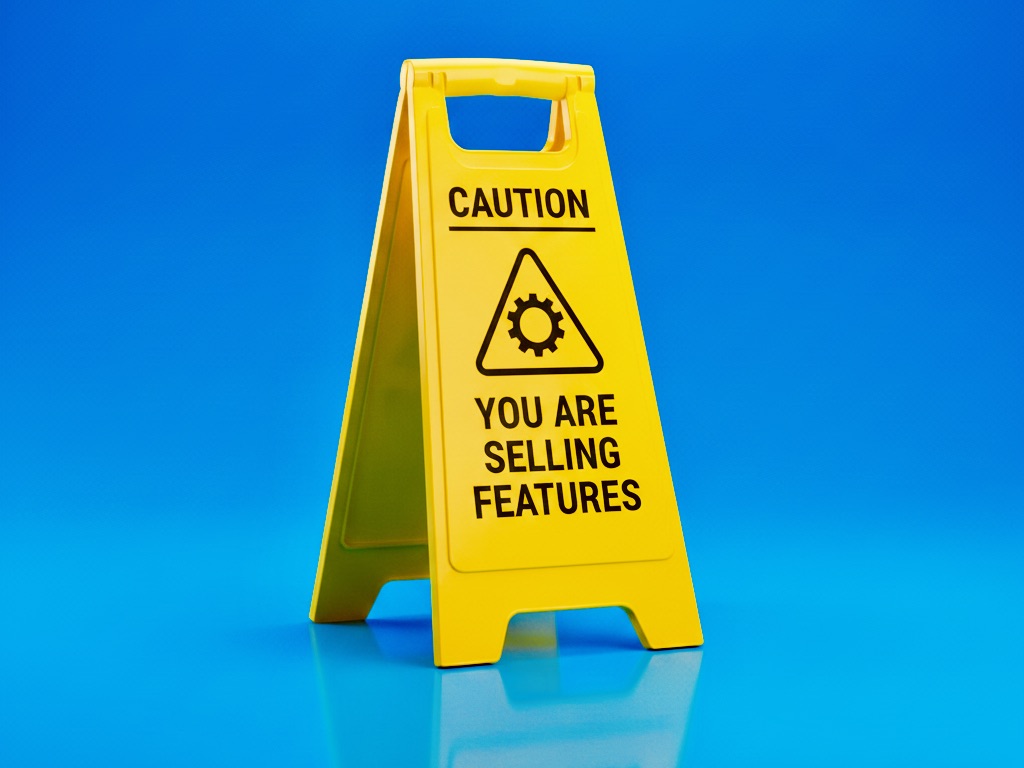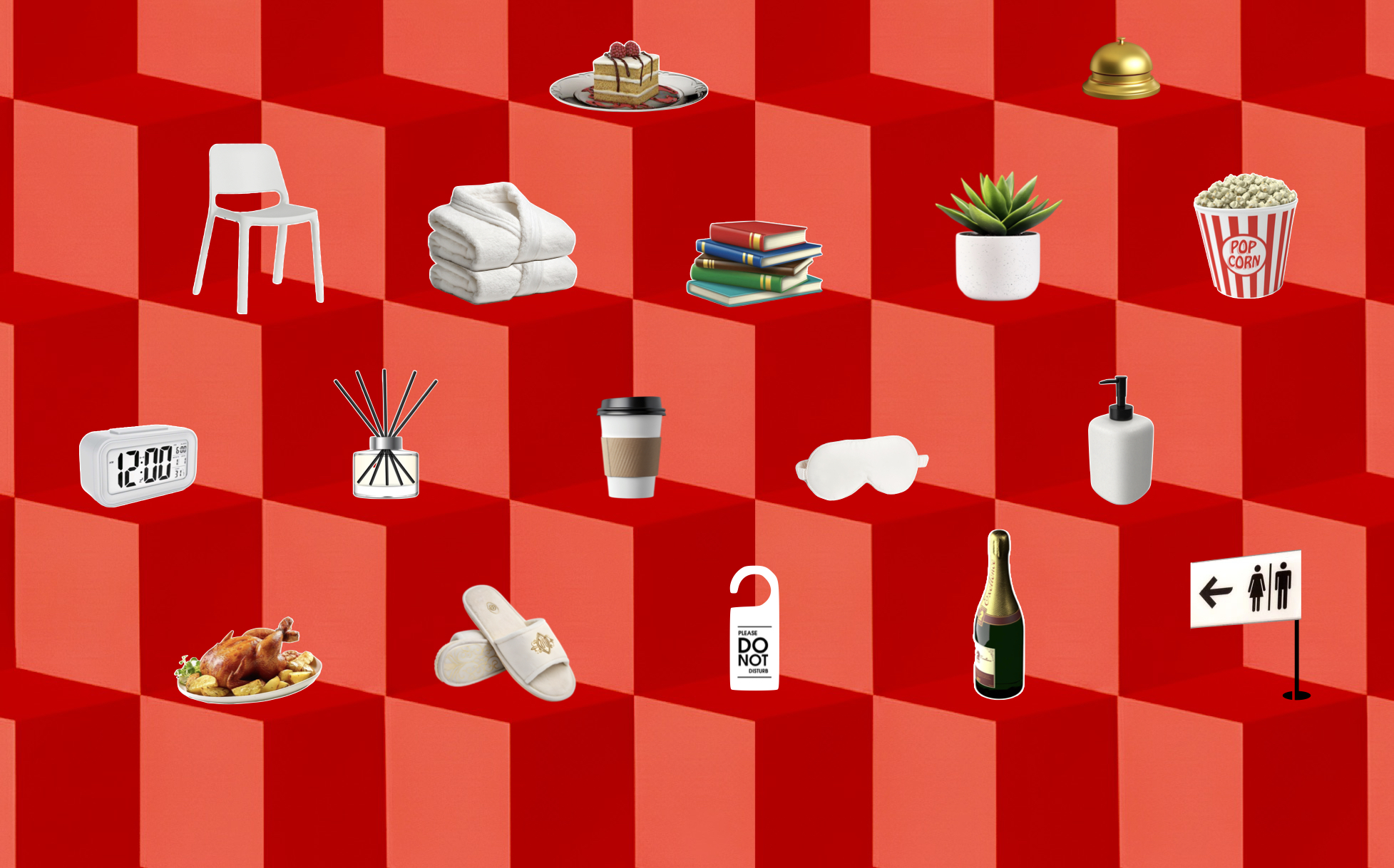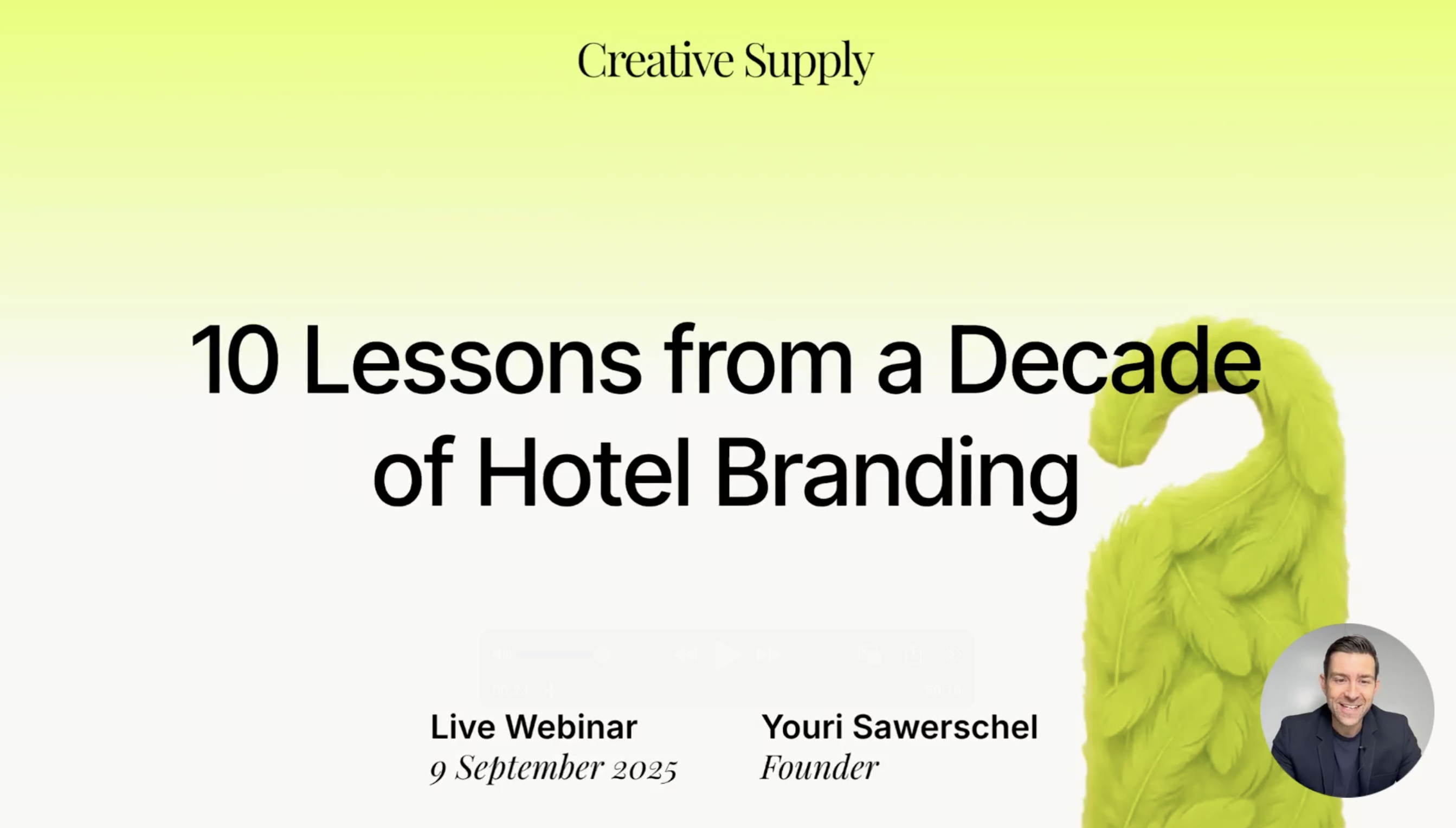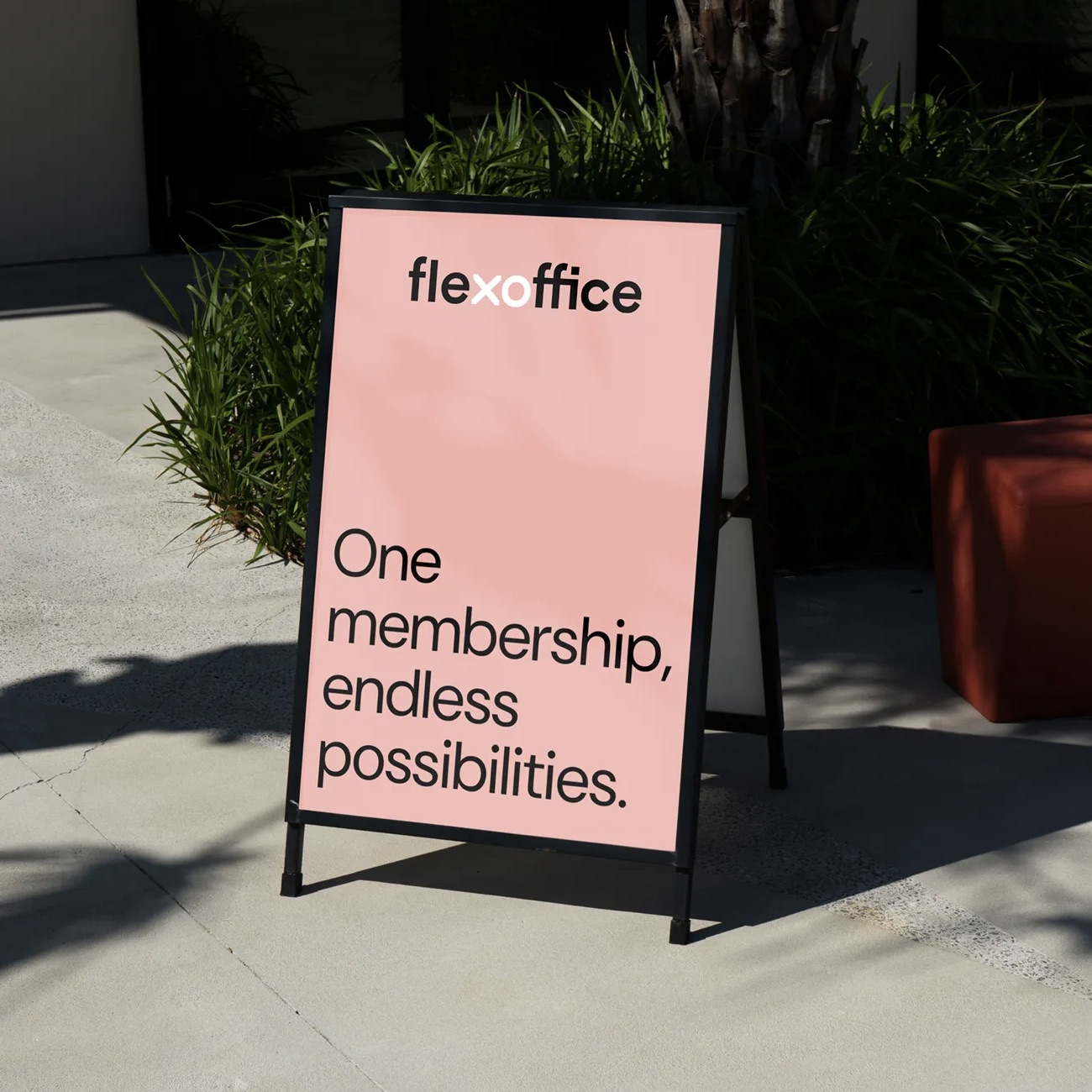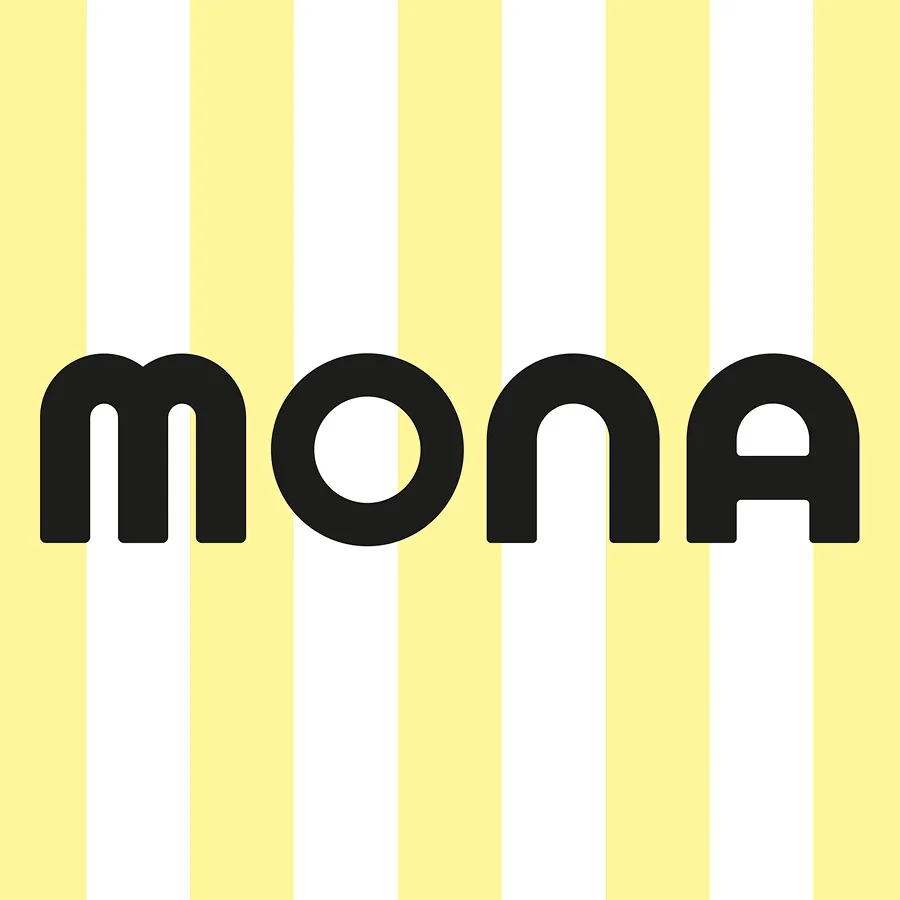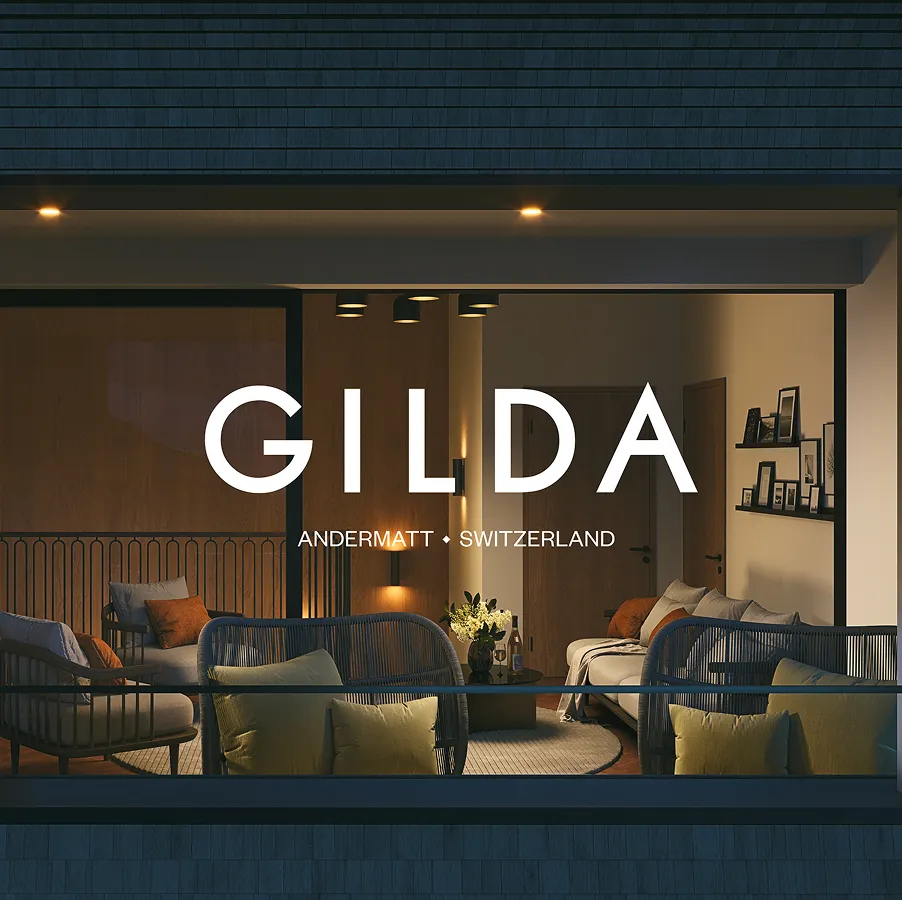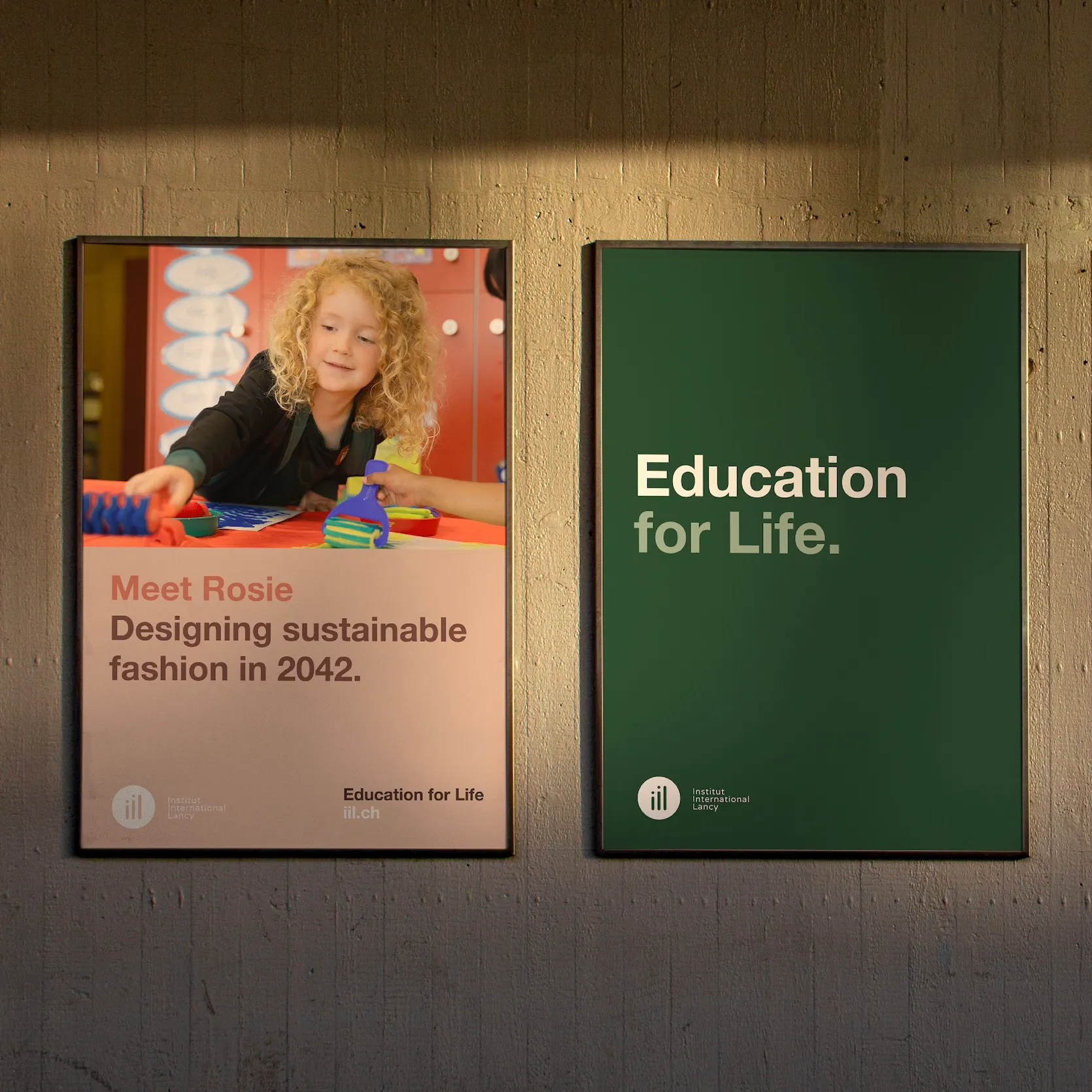5 Hotel Website Design Mistakes to Avoid
After successfully winning over banks and investors, navigating planning permissions, fine-tuning every detail and training your team, it's time to market your hotel. To do that, you need a website that turns visitors into guests. To set you up for success, we've compiled the top 5 hotel design mistakes and tips on how to avoid them.
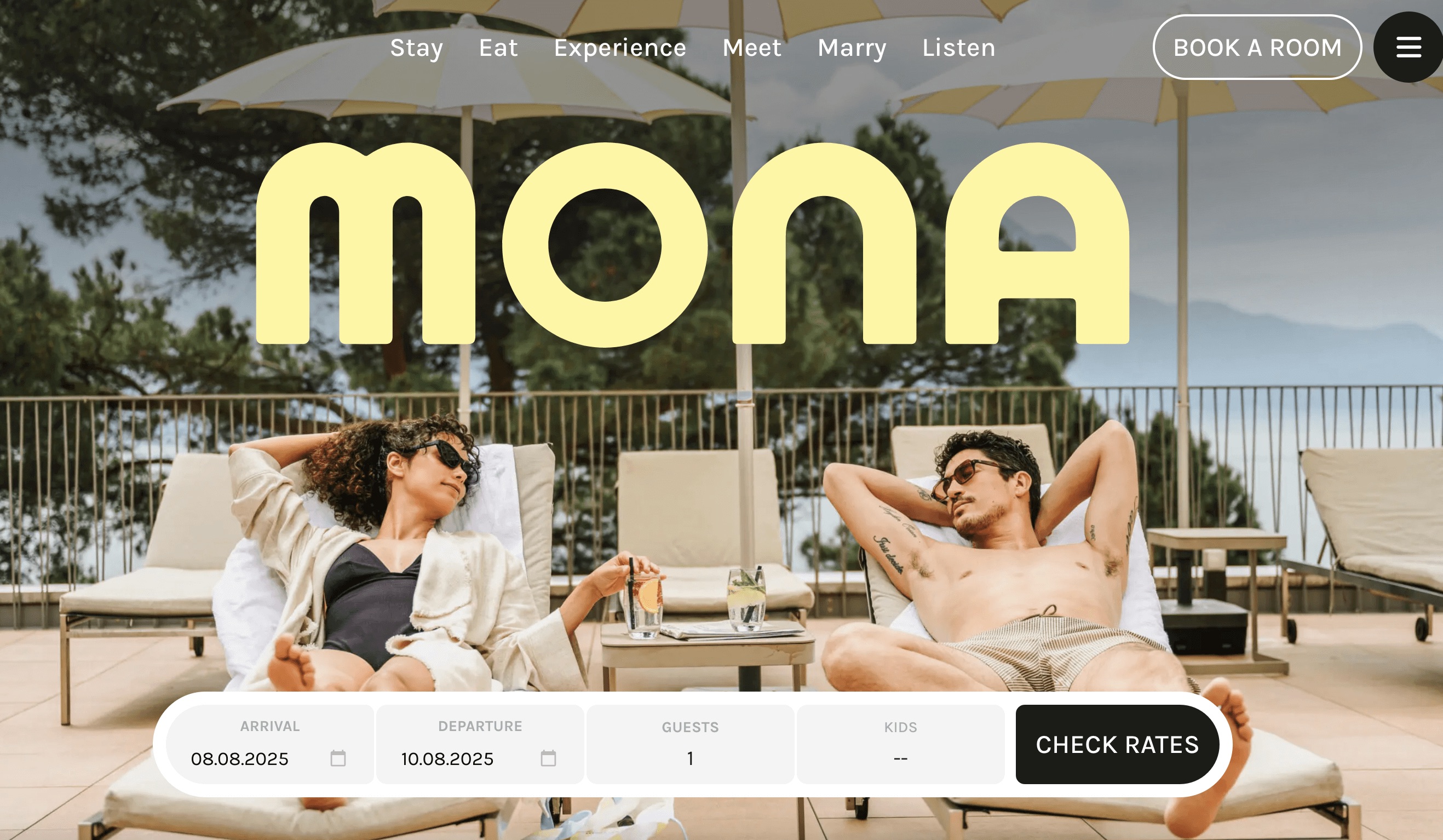
Mistake 1: Treating Your Website Like a Static Brochure
Every journalist, potential customer and partner will visit your website to find out ‘who you are’. All communications eventually lead to your website – whether via a press release or a social media post. Even if your customers book through booking platforms, they are likely to check your website for details such as breakfast menu, gym facilities, or room photos.
However, most hotel websites present the same facts: location, room types, rates. That’s not enough. Your website should function as your digital headquarters, guiding different audiences — leisure guests, event planners, media — through tailored paths towards a booking or enquiry.
Pro tip: Map out audience journeys and design the website architecture, content, and calls-to-action for each customer segment.
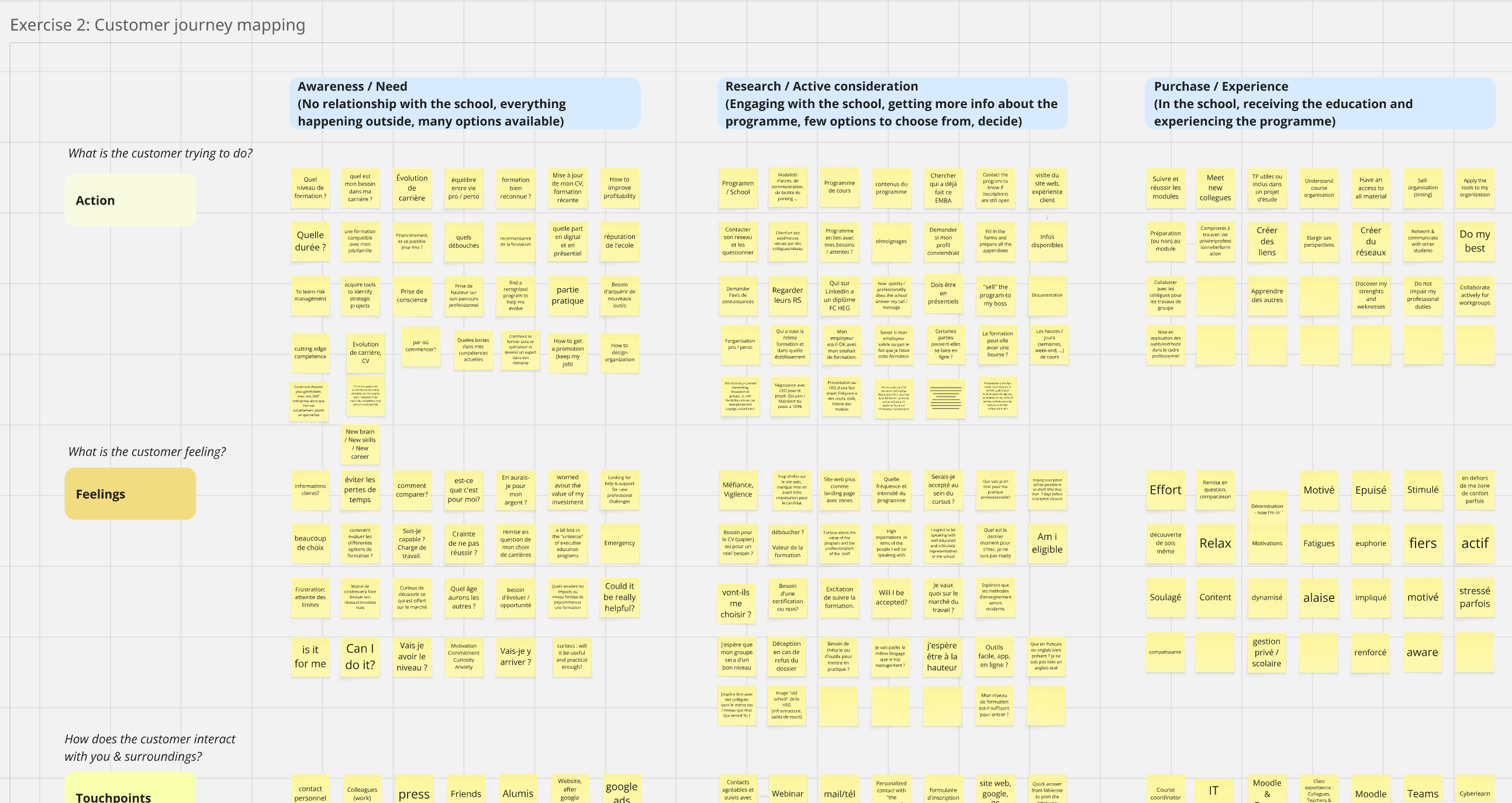
Mistake 2: Thinking You're Just Selling Rooms
Customers make booking decisions based on digital impressions, not the physical reality of a hotel. You’re not just selling rooms, you’re selling the idea and experience of those rooms. That makes you as much in the e-commerce business as in hospitality. This means that your sales success hinges on high-quality visuals, persuasive copy, and well-timed calls to action (CTAs).
Your website works as an extension of your sales team, 24/7. Consider using chatbots and well-structured FAQs to answer prospects’ questions instantly, from the availability of a projector in your banquet hall to your pet policy over the weekend. For example, we created an FAQ page for FlexOffice, a Swiss workspace membership company, to answer common queries and reduce repetitive work for their sales team.
Pro tip: Pair conversion-focused UX with high-impact photography, compelling hotel copywriting, and instant responses via chat or well-designed FAQs.
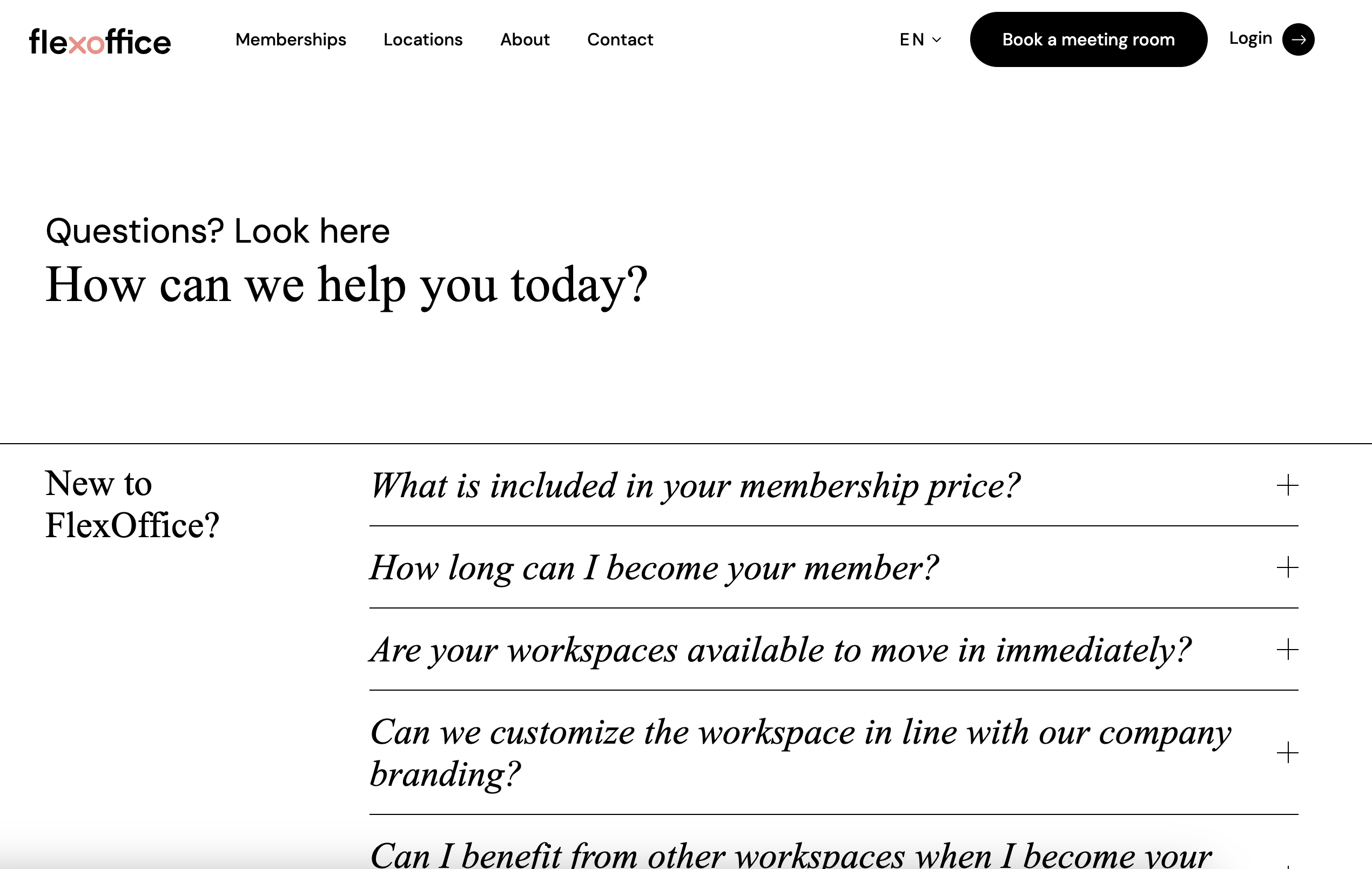
Mistake 3: Wasting Repeat Visits
It often takes visitors several visits before they make a booking decision. Each visit is an opportunity to capture data and engage with them. But don’t just think of offering a “Subscribe to our newsletter” pop-up is enough. You must provide genuine value.
Nuage, a slow luxury hotel in Paris, offers an online and physical guide to slow luxury in Paris, attracting qualified subscribers and hotel guests who align with their target demographic. Offers like this create an emotional connection that standard discounts can't achieve.
Pro tip: Invest in smart content that reflects your brand positioning and attracts the right audience, such as local guides, curated itineraries, or exclusive event access.
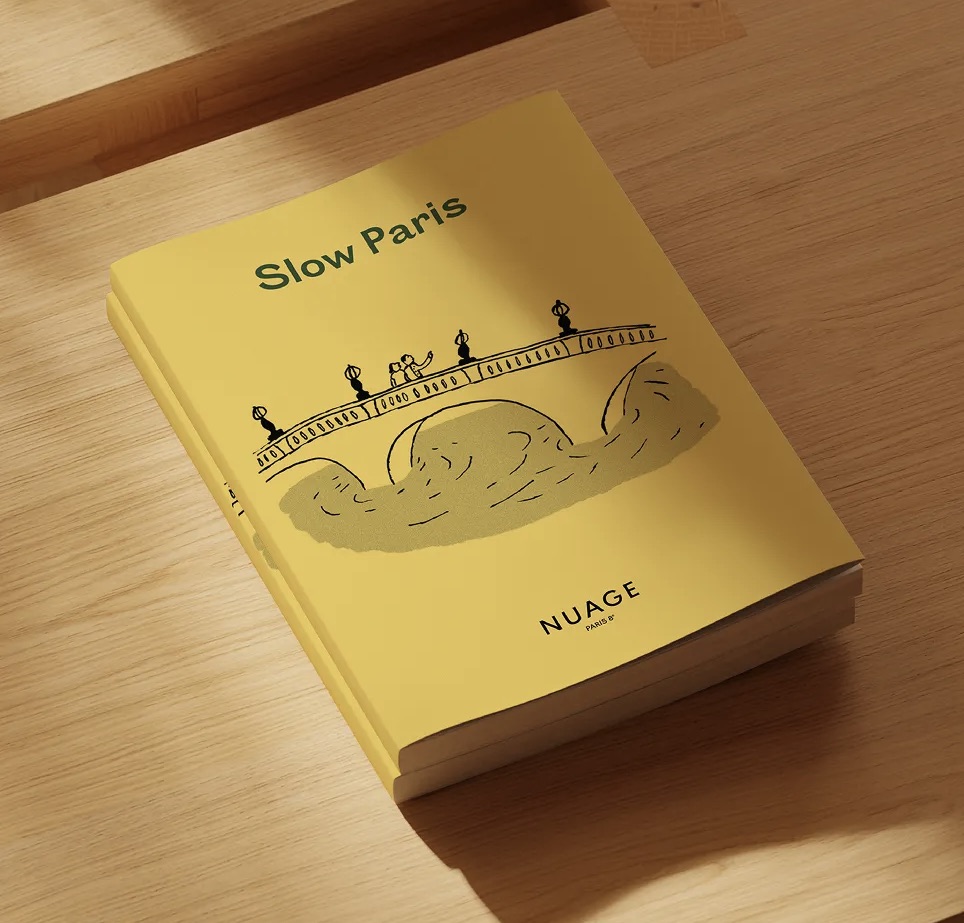
Mistake 4: Limiting SEO to Keywords
Search visibility depends on more than keywords. Website architecture, mobile-first design, and high-quality content are all crucial for ranking and building your hotel’s authority online. Instead of scattering generic keywords like “Paris hotel near Eiffel Tower”, focus on niche topics and location-specific experiences that your competitors overlook.
For example, emphasising jogging routes, hidden reading spots, or romantic proposal locations in your neighbourhood can make your website stand out. This will help you to build your brand identity and establish your hotel as a unique local icon. We successfully implemented this approach for the Terrass" Hotel, positioning the hotel as “a Montmartre icon”.
Pro tip: Build themed content clusters around destination storytelling and insider knowledge that align with your brand and location.
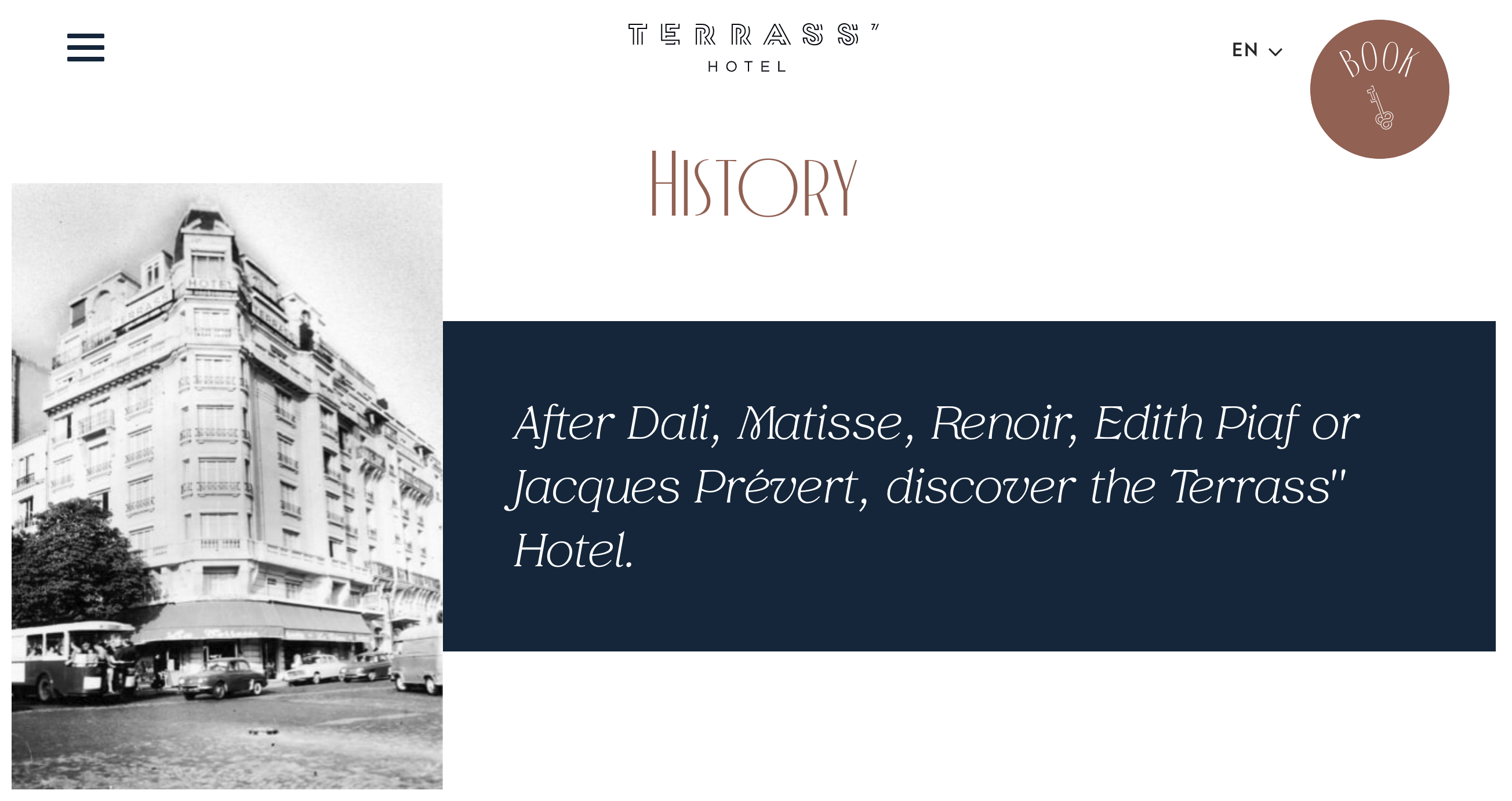
Mistake 5: Underestimating the Talent Needed for Website Design
Picture yourself entering a hotel lobby. Smiling bell boys, eye-catching interior, pleasant music, fresh smelling flowers, uncrowded reception desks… Many expertises, from interior design, to customer service, all the way to flower arrangement, are needed to create a compelling experience. Websites are no different.
A high-performing hotel website requires as much professional expertise as crafting the guest experience in your lobby. From UX/UI designers and copywriters to professional interior and lifestyle photographers, multiple skills come together to create a website that engages and converts.
The temptation to use ready-made website templates is high, but templates dilute uniqueness and rarely maximise sales potential. By nature, they standardise your presentation, making your hotel look generic and impersonal. You would not dream to “copy-paste” the lobby experience of your main competitor. So why would you do it for your website?
Pro tip: Work with a professional agency with hospitality expertise that understands hospitality-specific conversion, guest experience triggers, local market drivers, and most importantly, your hospitality business needs.

Final Thoughts
Your website will constantly be a work in progress: copywriting needs tweaking, SEO needs ongoing optimisation, and content should evolve with your hotel’s positioning and offering. Building a strong online presence takes time.
Treat your website as an asset: first, establish a strong design foundation; then, make regular updates.
Over time, your investment will build search authority, guest trust, and direct bookings. You will also be immune to being replicated overnight by your competitors.
Looking to Strengthen Your Website?
Whether you're repositioning your hotel, launching a new hospitality brand, or rethinking your digital presence, your website is your number one communication channel to showcase your unique concept and brand.
At Creative Supply, we help hospitality businesses unite branding, guest experience strategy, and conversion-driven digital design to create websites that drive bookings and strengthen their brand.
👉 Contact us to start building a website that turns visitors into guests.
5 Hotel Website Design Mistakes to Avoid

Mistake 1: Treating Your Website Like a Static Brochure
Every journalist, potential customer and partner will visit your website to find out ‘who you are’. All communications eventually lead to your website – whether via a press release or a social media post. Even if your customers book through booking platforms, they are likely to check your website for details such as breakfast menu, gym facilities, or room photos.
However, most hotel websites present the same facts: location, room types, rates. That’s not enough. Your website should function as your digital headquarters, guiding different audiences — leisure guests, event planners, media — through tailored paths towards a booking or enquiry.
Pro tip: Map out audience journeys and design the website architecture, content, and calls-to-action for each customer segment.

Mistake 2: Thinking You're Just Selling Rooms
Customers make booking decisions based on digital impressions, not the physical reality of a hotel. You’re not just selling rooms, you’re selling the idea and experience of those rooms. That makes you as much in the e-commerce business as in hospitality. This means that your sales success hinges on high-quality visuals, persuasive copy, and well-timed calls to action (CTAs).
Your website works as an extension of your sales team, 24/7. Consider using chatbots and well-structured FAQs to answer prospects’ questions instantly, from the availability of a projector in your banquet hall to your pet policy over the weekend. For example, we created an FAQ page for FlexOffice, a Swiss workspace membership company, to answer common queries and reduce repetitive work for their sales team.
Pro tip: Pair conversion-focused UX with high-impact photography, compelling hotel copywriting, and instant responses via chat or well-designed FAQs.

Mistake 3: Wasting Repeat Visits
It often takes visitors several visits before they make a booking decision. Each visit is an opportunity to capture data and engage with them. But don’t just think of offering a “Subscribe to our newsletter” pop-up is enough. You must provide genuine value.
Nuage, a slow luxury hotel in Paris, offers an online and physical guide to slow luxury in Paris, attracting qualified subscribers and hotel guests who align with their target demographic. Offers like this create an emotional connection that standard discounts can't achieve.
Pro tip: Invest in smart content that reflects your brand positioning and attracts the right audience, such as local guides, curated itineraries, or exclusive event access.

Mistake 4: Limiting SEO to Keywords
Search visibility depends on more than keywords. Website architecture, mobile-first design, and high-quality content are all crucial for ranking and building your hotel’s authority online. Instead of scattering generic keywords like “Paris hotel near Eiffel Tower”, focus on niche topics and location-specific experiences that your competitors overlook.
For example, emphasising jogging routes, hidden reading spots, or romantic proposal locations in your neighbourhood can make your website stand out. This will help you to build your brand identity and establish your hotel as a unique local icon. We successfully implemented this approach for the Terrass" Hotel, positioning the hotel as “a Montmartre icon”.
Pro tip: Build themed content clusters around destination storytelling and insider knowledge that align with your brand and location.

Mistake 5: Underestimating the Talent Needed for Website Design
Picture yourself entering a hotel lobby. Smiling bell boys, eye-catching interior, pleasant music, fresh smelling flowers, uncrowded reception desks… Many expertises, from interior design, to customer service, all the way to flower arrangement, are needed to create a compelling experience. Websites are no different.
A high-performing hotel website requires as much professional expertise as crafting the guest experience in your lobby. From UX/UI designers and copywriters to professional interior and lifestyle photographers, multiple skills come together to create a website that engages and converts.
The temptation to use ready-made website templates is high, but templates dilute uniqueness and rarely maximise sales potential. By nature, they standardise your presentation, making your hotel look generic and impersonal. You would not dream to “copy-paste” the lobby experience of your main competitor. So why would you do it for your website?
Pro tip: Work with a professional agency with hospitality expertise that understands hospitality-specific conversion, guest experience triggers, local market drivers, and most importantly, your hospitality business needs.

Final Thoughts
Your website will constantly be a work in progress: copywriting needs tweaking, SEO needs ongoing optimisation, and content should evolve with your hotel’s positioning and offering. Building a strong online presence takes time.
Treat your website as an asset: first, establish a strong design foundation; then, make regular updates.
Over time, your investment will build search authority, guest trust, and direct bookings. You will also be immune to being replicated overnight by your competitors.
Looking to Strengthen Your Website?
Whether you're repositioning your hotel, launching a new hospitality brand, or rethinking your digital presence, your website is your number one communication channel to showcase your unique concept and brand.
At Creative Supply, we help hospitality businesses unite branding, guest experience strategy, and conversion-driven digital design to create websites that drive bookings and strengthen their brand.
👉 Contact us to start building a website that turns visitors into guests.


5 Hotel Website Design Mistakes to Avoid
After successfully winning over banks and investors, navigating planning permissions, fine-tuning every detail and training your team, it's time to market your hotel. To do that, you need a website that turns visitors into guests. To set you up for success, we've compiled the top 5 hotel design mistakes and tips on how to avoid them.
Mistake 1: Treating Your Website Like a Static Brochure
Every journalist, potential customer and partner will visit your website to find out ‘who you are’. All communications eventually lead to your website – whether via a press release or a social media post. Even if your customers book through booking platforms, they are likely to check your website for details such as breakfast menu, gym facilities, or room photos.
However, most hotel websites present the same facts: location, room types, rates. That’s not enough. Your website should function as your digital headquarters, guiding different audiences — leisure guests, event planners, media — through tailored paths towards a booking or enquiry.
Pro tip: Map out audience journeys and design the website architecture, content, and calls-to-action for each customer segment.

Mistake 2: Thinking You're Just Selling Rooms
Customers make booking decisions based on digital impressions, not the physical reality of a hotel. You’re not just selling rooms, you’re selling the idea and experience of those rooms. That makes you as much in the e-commerce business as in hospitality. This means that your sales success hinges on high-quality visuals, persuasive copy, and well-timed calls to action (CTAs).
Your website works as an extension of your sales team, 24/7. Consider using chatbots and well-structured FAQs to answer prospects’ questions instantly, from the availability of a projector in your banquet hall to your pet policy over the weekend. For example, we created an FAQ page for FlexOffice, a Swiss workspace membership company, to answer common queries and reduce repetitive work for their sales team.
Pro tip: Pair conversion-focused UX with high-impact photography, compelling hotel copywriting, and instant responses via chat or well-designed FAQs.

Mistake 3: Wasting Repeat Visits
It often takes visitors several visits before they make a booking decision. Each visit is an opportunity to capture data and engage with them. But don’t just think of offering a “Subscribe to our newsletter” pop-up is enough. You must provide genuine value.
Nuage, a slow luxury hotel in Paris, offers an online and physical guide to slow luxury in Paris, attracting qualified subscribers and hotel guests who align with their target demographic. Offers like this create an emotional connection that standard discounts can't achieve.
Pro tip: Invest in smart content that reflects your brand positioning and attracts the right audience, such as local guides, curated itineraries, or exclusive event access.

Mistake 4: Limiting SEO to Keywords
Search visibility depends on more than keywords. Website architecture, mobile-first design, and high-quality content are all crucial for ranking and building your hotel’s authority online. Instead of scattering generic keywords like “Paris hotel near Eiffel Tower”, focus on niche topics and location-specific experiences that your competitors overlook.
For example, emphasising jogging routes, hidden reading spots, or romantic proposal locations in your neighbourhood can make your website stand out. This will help you to build your brand identity and establish your hotel as a unique local icon. We successfully implemented this approach for the Terrass" Hotel, positioning the hotel as “a Montmartre icon”.
Pro tip: Build themed content clusters around destination storytelling and insider knowledge that align with your brand and location.

Mistake 5: Underestimating the Talent Needed for Website Design
Picture yourself entering a hotel lobby. Smiling bell boys, eye-catching interior, pleasant music, fresh smelling flowers, uncrowded reception desks… Many expertises, from interior design, to customer service, all the way to flower arrangement, are needed to create a compelling experience. Websites are no different.
A high-performing hotel website requires as much professional expertise as crafting the guest experience in your lobby. From UX/UI designers and copywriters to professional interior and lifestyle photographers, multiple skills come together to create a website that engages and converts.
The temptation to use ready-made website templates is high, but templates dilute uniqueness and rarely maximise sales potential. By nature, they standardise your presentation, making your hotel look generic and impersonal. You would not dream to “copy-paste” the lobby experience of your main competitor. So why would you do it for your website?
Pro tip: Work with a professional agency with hospitality expertise that understands hospitality-specific conversion, guest experience triggers, local market drivers, and most importantly, your hospitality business needs.

Final Thoughts
Your website will constantly be a work in progress: copywriting needs tweaking, SEO needs ongoing optimisation, and content should evolve with your hotel’s positioning and offering. Building a strong online presence takes time.
Treat your website as an asset: first, establish a strong design foundation; then, make regular updates.
Over time, your investment will build search authority, guest trust, and direct bookings. You will also be immune to being replicated overnight by your competitors.
Looking to Strengthen Your Website?
Whether you're repositioning your hotel, launching a new hospitality brand, or rethinking your digital presence, your website is your number one communication channel to showcase your unique concept and brand.
At Creative Supply, we help hospitality businesses unite branding, guest experience strategy, and conversion-driven digital design to create websites that drive bookings and strengthen their brand.
👉 Contact us to start building a website that turns visitors into guests.
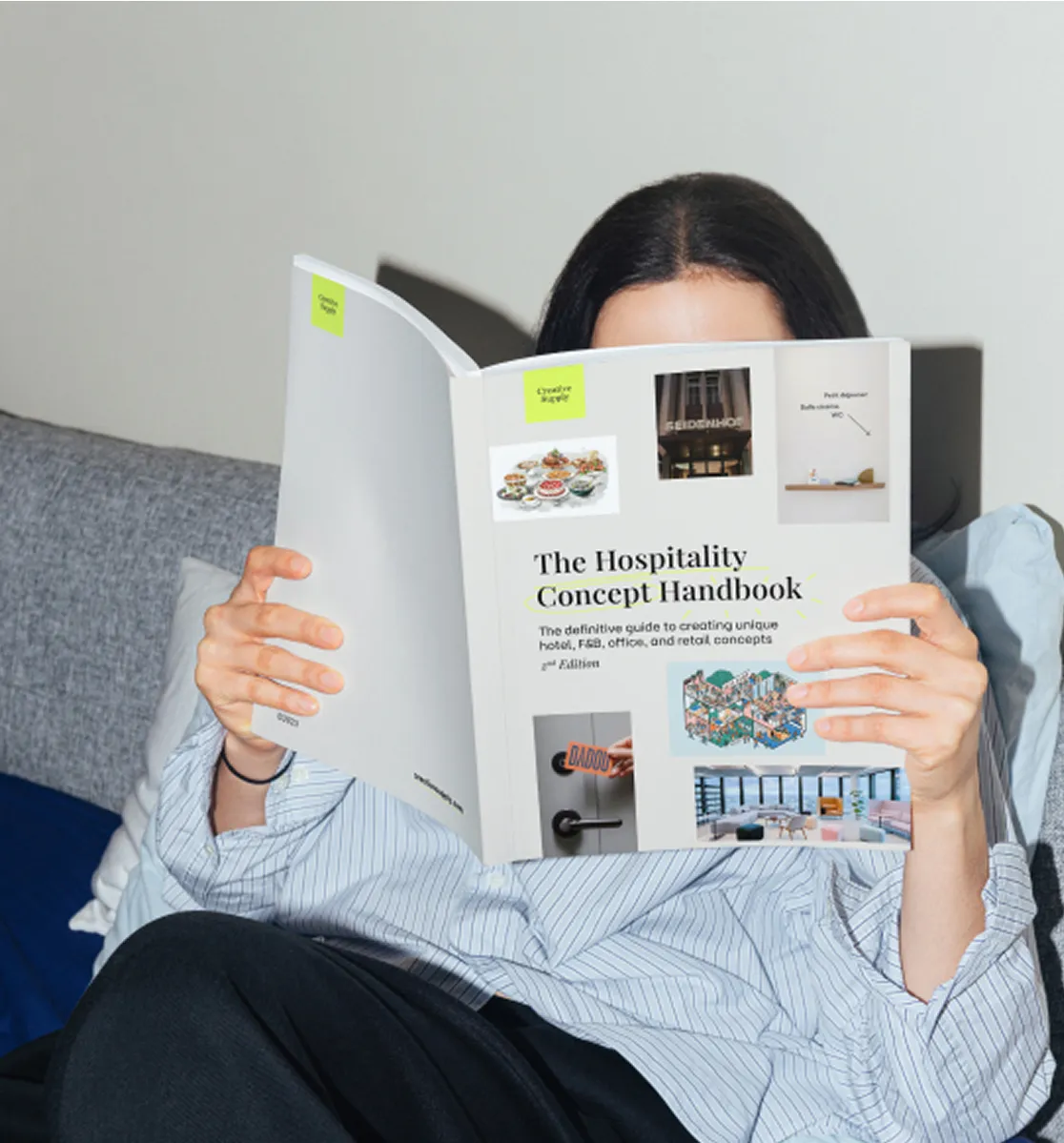
%20Spend.jpeg)
